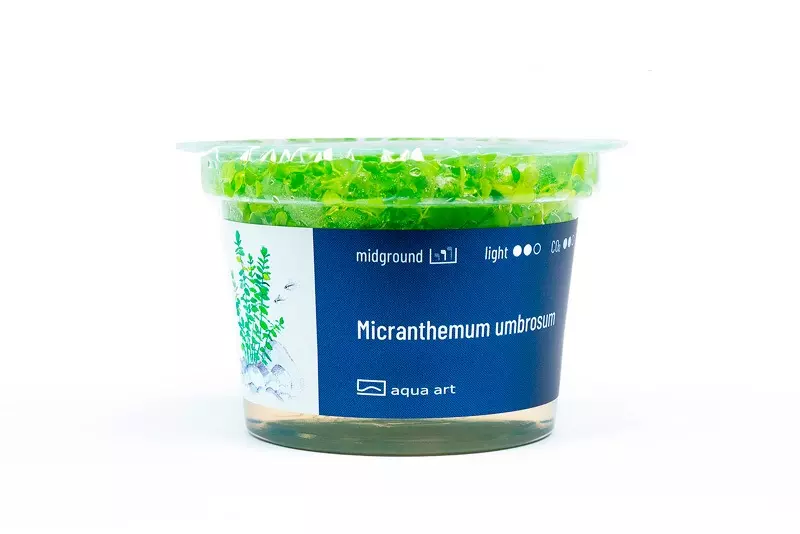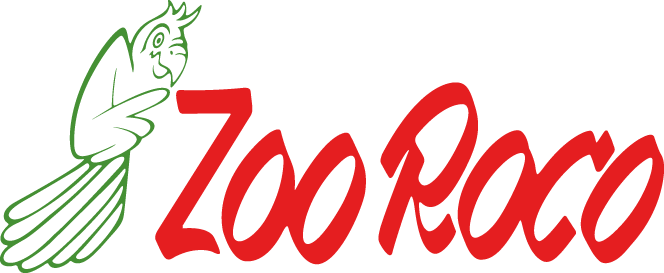Product information "Micranthemum umbrosum"
Micranthemum Umbrosum is a light green stem plant with small round leaves. Depending on how it is pruned, it is suitable for both the foreground and background of the aquarium.
- Difficulty of cultivation: easy
- Light requirement: medium, to high
- CO₂ requirement: medium
- Height of the adult plant: 20 cm
- Growth: fast
- Temperature: 22-26 °C
- Placement in the aquarium: Second level
- Origin: North and Central America
- Cup diameter: 6 cm
Micranthemum Umbrosum (Round-leaved meadowfoam) is a naturally occurring plant in North and Central America. It grows both in water and in marshy areas. It is prized by aquarists for its unique appearance.
The plant forms long stems with paired, alternate, small, round, light green leaves.
It has a fairly well developed root system. It needs regular pruning and is easy to shape into a desired form.
It is propagated vegetatively by cutting off the shoot tips and planting them in the ground.
It likes water with a hardness of 2-12°N, a pH of 5.5-7.7 and a temperature of 24-26°C. It is sensitive to trypaflavin and can be damaged by snails. It has fairly high light requirements. With insufficient light, it pulls upward, and distinct gaps can be seen between the leaves. With sufficient light, it forms dense clumps that are pleasing to the aquarist's eye.
Micranthemum umbrosum is usually placed in the background of the aquarium, but it also looks good in the foreground when cut short. It does not require absolute CO₂ fertilization, but grows much faster in its presence. When growing this plant, pay special attention to the proper concentration of iron in the aquarium water.
.
Planting:The plant must be removed from the cup and thoroughly rinsed from the gel under running water. This is best done by placing the plant in a container of lukewarm water. Most of the gel will then fall off by itself. Divide the contents of the cup into 1-2 cm lumps and then set them at intervals of 1 to 2 cm.

















.jpg)












